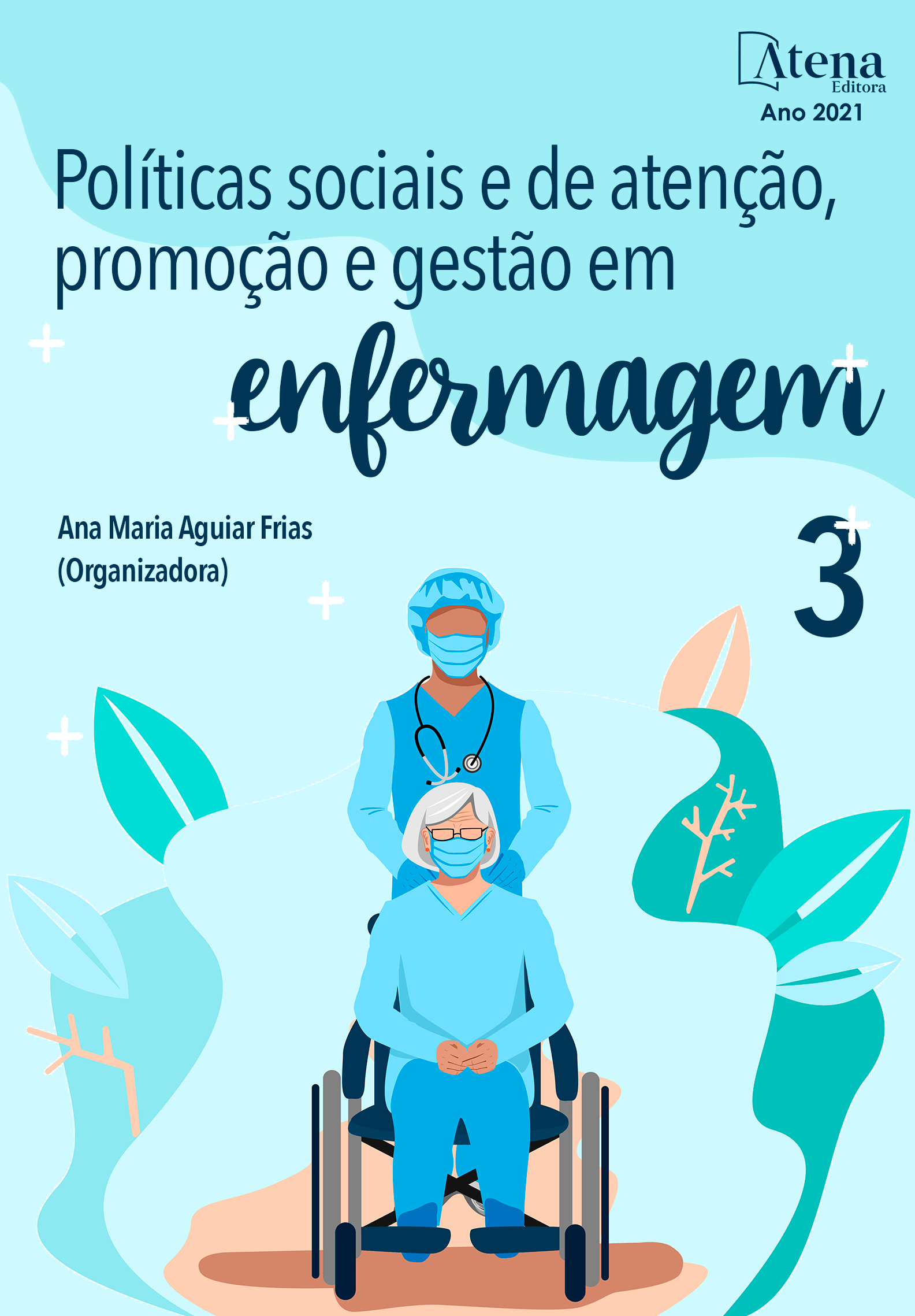
ASSOCIATION OF SILVER ALGINATE AND POLYHEXAMETHYLENE-BIGUANIDE (PHMB) IN TREATING DIABETIC PEOPLE WITH INFECTED ULCERS: EXPERIENCE REALATE.
Estudo descritivo exploratório de relato de experiência com quatro sujeitos apresentando úlcera infectada por pé diabético submetidos ao protocolo de tratamento com PHMB associado a cobertura de alginato de prata. A coleta de dados ocorreu por meio de acompanhamento dos sujeitos com aplicação de instrumento de avaliação contendo variáveis de evolução da lesão. Os resultados foram registrados no prontuário dos sujeitos e a análise dos efeitos dos tratamentos foram realizadas por meio de registro fotográfico e as imagens foram analisadas por meio do software imageJ4. Caso 1: mulher 43 anos, diabética, com doença arterial obstrutiva periférica, após trauma com objeto contuso, apresentou ulceração infectada do pé direito na região plantar, média e lateral. Cicatrização em cinco meses. Caso 2: Homem, 53 anos, diabético descompensado, tabagista há 20 anos apresentou ulceração e infecção em região plantar e dorso do pé esquerdo por uso calçado apertado. Cicatrização em 4 meses. Caso 3: Homem 48 anos, diabético descompensado, com quadro de Doença Pulmonar Obstrutiva Crônica (DPOC), sepse com foco cutâneo, apresentou ulceração no dorso do pé esquerdo e região plantar por corpo estranho. Cicatrização em 5 meses. Caso 4: Mulher, tabagista, diabética descompensada, lesão na região lateral do pé por lesão traumática. Cicatrização em 5 meses. O polihexametileno-biguanida (PHMB) associado ao alginato de prata apresenta resultados positivos para o reparo tecidual e controle da infecção no tratamento de úlceras por pé diabético reduzir a carga biológica da ferida, tratar a infecção local e evitar a disseminação sistêmica.
ASSOCIATION OF SILVER ALGINATE AND POLYHEXAMETHYLENE-BIGUANIDE (PHMB) IN TREATING DIABETIC PEOPLE WITH INFECTED ULCERS: EXPERIENCE REALATE.
-
DOI: 10.22533/at.ed.95521130813
-
Palavras-chave: Enfermagem, cicatrização, ferimentos e lesões
-
Keywords: Nursing, healing, wounds and injuries
-
Abstract:
This is a descriptive exploratory study of an experience report with four subjects with ulcers infected by diabetic foot submitted to the treatment protocol with PHMB associated with silver alginate coverage. Data collection took place through the monitoring of the subjects with the application of an assessment instrument containing variables on the evolution of the lesion. The results were recorded in the subjects' medical records and the analysis of the effects of the treatments were performed through photographic recording and the images were analyzed using the imageJ4 software. Case 1: 43-year-old woman, diabetic, with peripheral arterial obstructive disease, after trauma with a blunt object, presented infected ulceration of the right foot in the plantar, middle and lateral regions. Healing in five months. Case 2: Male, 53 years old, decompensated diabetic, smoker for 20 years, presented ulceration and infection in the plantar region and dorsum of the left foot due to tight footwear. Healing in 4 months. Case 3: A 48-year-old man, decompensated diabetic, with a picture of Chronic Obstructive Pulmonary Disease (COPD), sepsis with a cutaneous focus, presented ulceration on the dorsum of his left foot and plantar region due to a foreign body. Healing in 5 months. Case 4: Woman, smoker, decompensated diabetic, injury to the lateral region of the foot due to traumatic injury. Healing in 5 months. Polyhexamethylene-biguanide (PHMB) associated with silver alginate shows positive results for tissue repair and infection control in the treatment of diabetic foot ulcers, reducing the biological load of the wound, treating local infection and preventing systemic spread.
-
Número de páginas: 15
- Gisleine Vieira Damiani
- Marilene Silva Neves
- Aniele Fernandes Rodrigues Grosseli
- Annibal Constantino Guzzo Rossi
- Alessandra Fumiko Yatabe Campos6
- Valéria Masson


